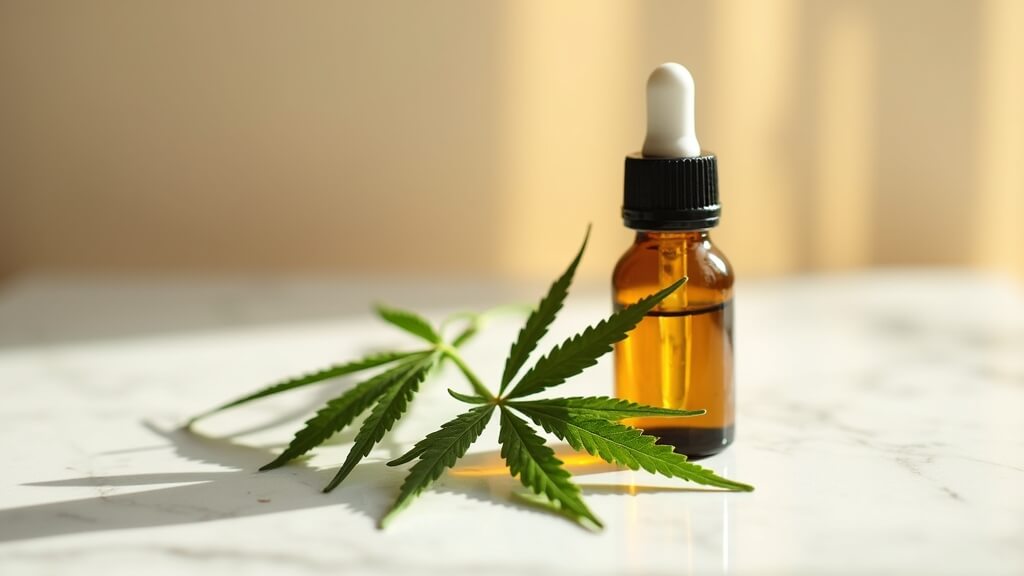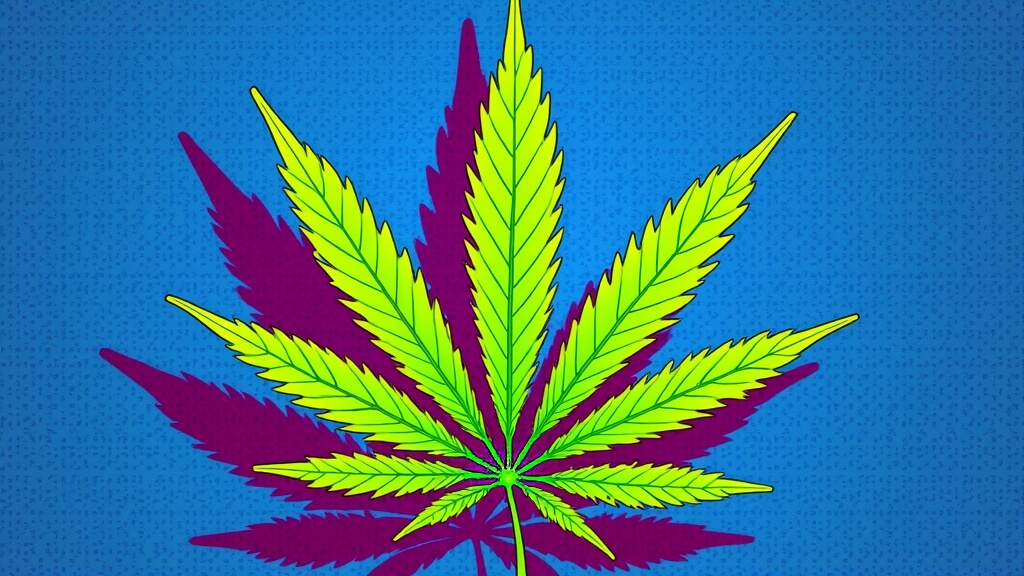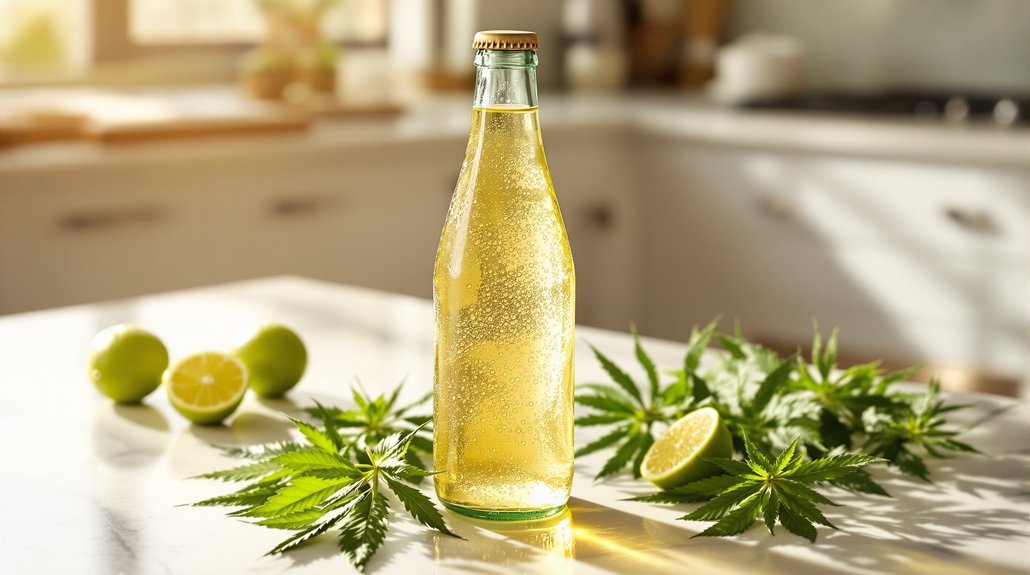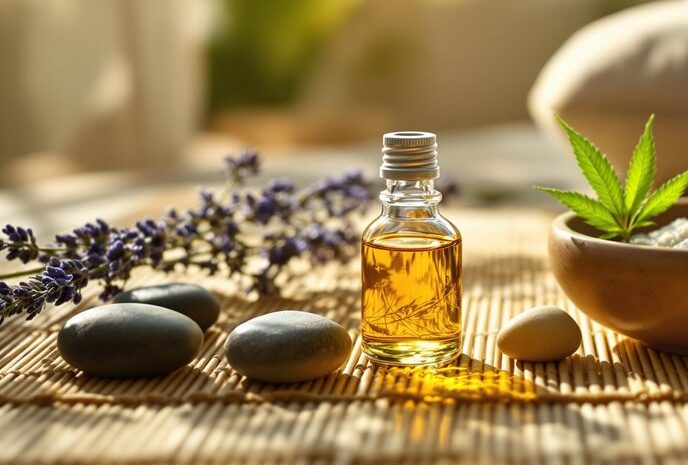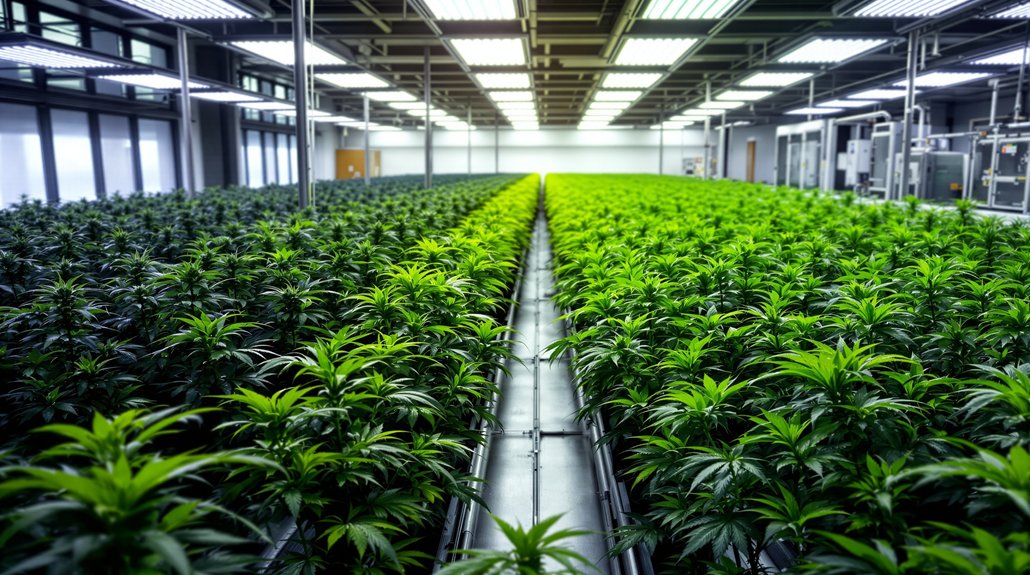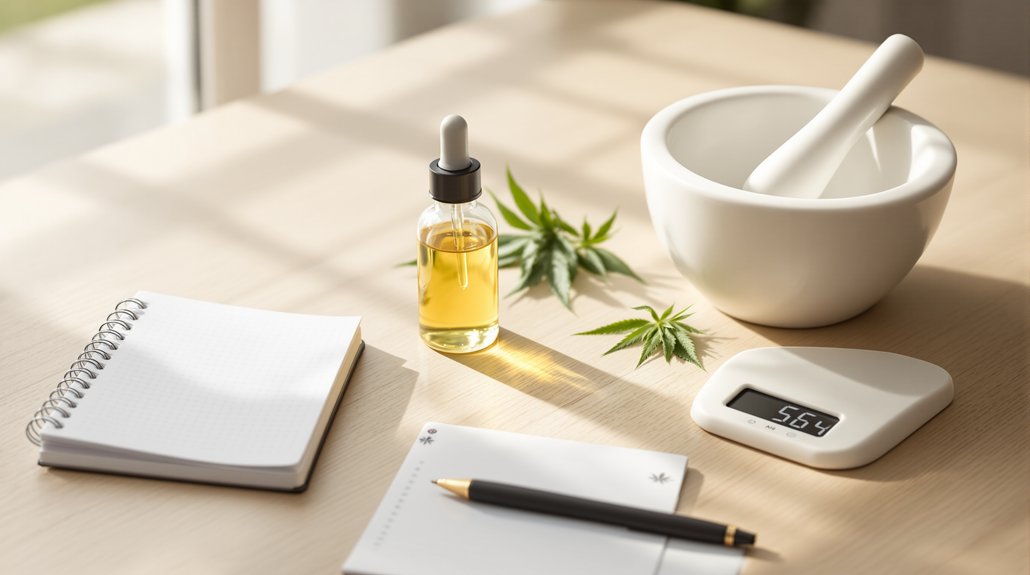Athletes across professional sports leagues are quietly experimenting with cannabis oils, hoping to gain a competitive edge in recovery. CBD and THC products promise reduced inflammation and faster muscle repair, yet the science tells a more complex story. Early research shows mixed results – while laboratory studies suggest anti-inflammatory benefits, real-world athlete experiences don’t always match the hype. The gap between expectation and reality has sports medicine researchers scrambling to separate legitimate therapeutic potential from marketing buzz.
The locker room revolution brewing in professional athletics isn’t coming from new training equipment or advanced sports drinks – it’s emerging from cannabis oils that promise faster recovery and better sleep. Elite athletes are increasingly turning to CBD and THC products, driven by impressive perception numbers that reveal 93% of habitual cannabis users who exercise believe CBD benefits their recovery, while 87% report similar expectations for THC.
The science behind these claims centers on cannabinoids’ interaction with the endocannabinoid system, potentially reducing post-exercise inflammation. CBD shows particular promise in modulating pain perception by interfering with neuronal pain signaling and activating serotonin and TRPV1 receptors. Small studies have documented modest yet significant reductions in muscle damage markers like creatine kinase and myoglobin within 72 hours of 60 mg CBD supplementation. Topical CBD application at 2×10 mg daily demonstrated tangible pain relief in elite athletes with only mild side effects noted.
Small studies reveal CBD supplementation significantly reduces muscle damage markers while topical applications provide tangible pain relief in elite athletes.
However, the gap between expectation and reality tells a more complex story. While 80% of CBD-using athletes anticipate positive effects on recovery and sleep quality, only 40% report actualized improvement in these areas. The remaining 15% experience no benefit whatsoever – a sobering reminder that cannabis oils aren’t magic bullets for athletic performance.
Initial evidence suggests CBD intake could improve muscle recovery by promoting satellite cell differentiation, and some reports link cannabis to both improved perceived strength and reduced muscle damage. The anti-inflammatory properties may even shorten the duration of post-exercise muscle soreness, though most research remains based on animal models or small human studies. Regular cannabis users have shown lower levels of C-reactive protein, suggesting potential systemic anti-inflammatory effects.
Sleep represents another frontier where CBD shows potential, with anecdotal evidence supporting its role in improving rest quality among athletic populations. Some athletes have also begun exploring CBN, known as the sleepy cannabinoid, for its reportedly stronger effects on sleep quality and reduced recovery time.
Sports medicine professionals aren’t ready to crown cannabis oils as recovery champions just yet. These products aren’t recommended as first-line recovery strategies pending further evidence, but they’re gaining recognition as potential supplemental tools to traditional treatments. Some healthcare providers view cannabinoids as alternatives that might help athletes avoid the side effects of chronic NSAID or opioid use for managing pain and inflammation.
The adoption patterns reveal athletes clustering around seeking alternatives to conventional pharmacologic pain relief. This shift represents more than just trend-chasing—it reflects genuine concerns about long-term medication dependencies and side effects.
Yet conflicting findings on cannabinoids’ impact on true performance and recovery markers highlight the need for more rigorous research. Currently, dose administration guidelines and long-term safety profiles for athletes remain unclear. Research on CBD’s efficacy in athletic populations is still limited despite its widespread adoption.
The scientific community continues examining these compounds’ potential, but definitive recommendations await larger, more thorough studies. Until then, cannabis oils occupy an intriguing middle ground between promising preliminary data and the gold standard evidence that sports science demands. The revolution may be brewing, but the final verdict is still steeping.
